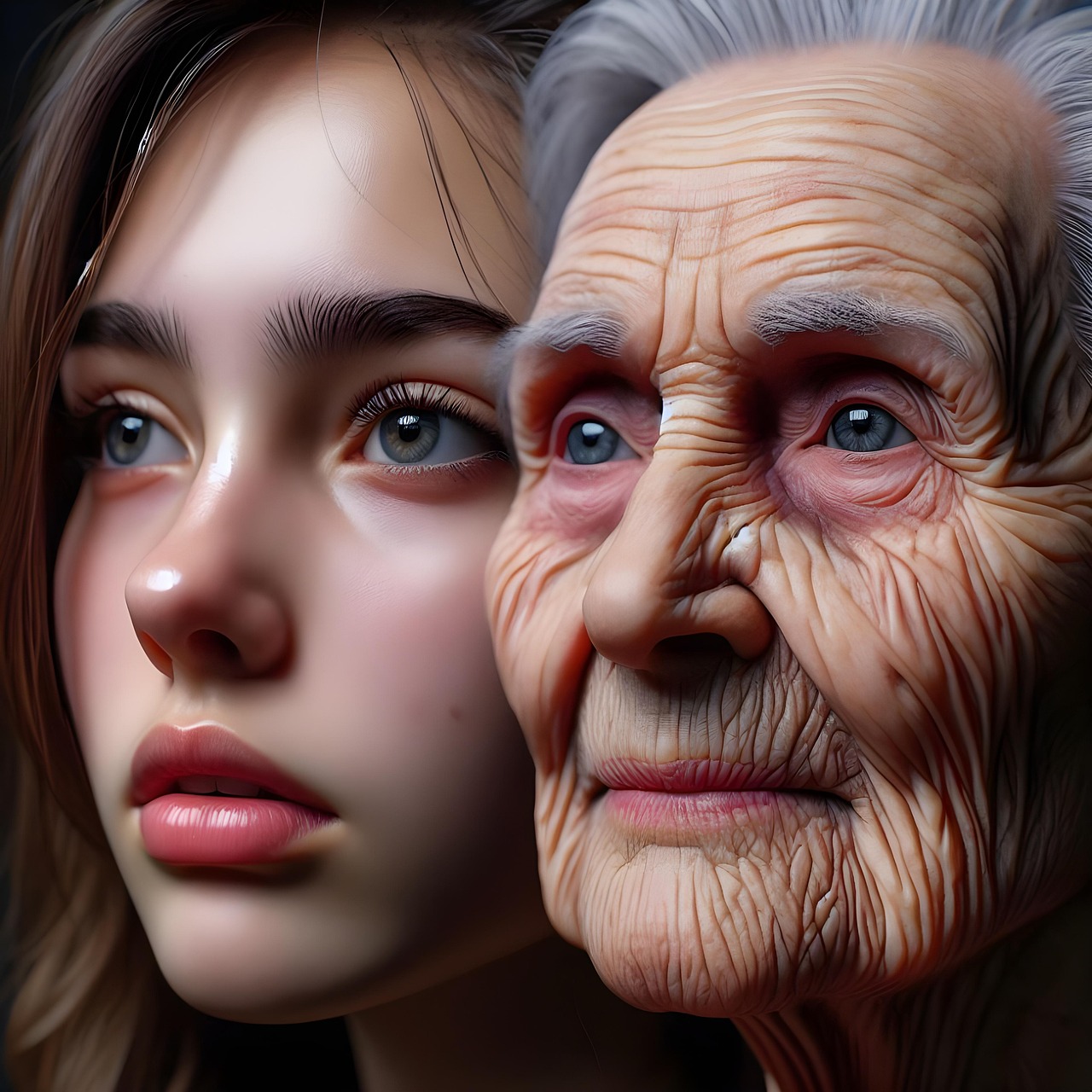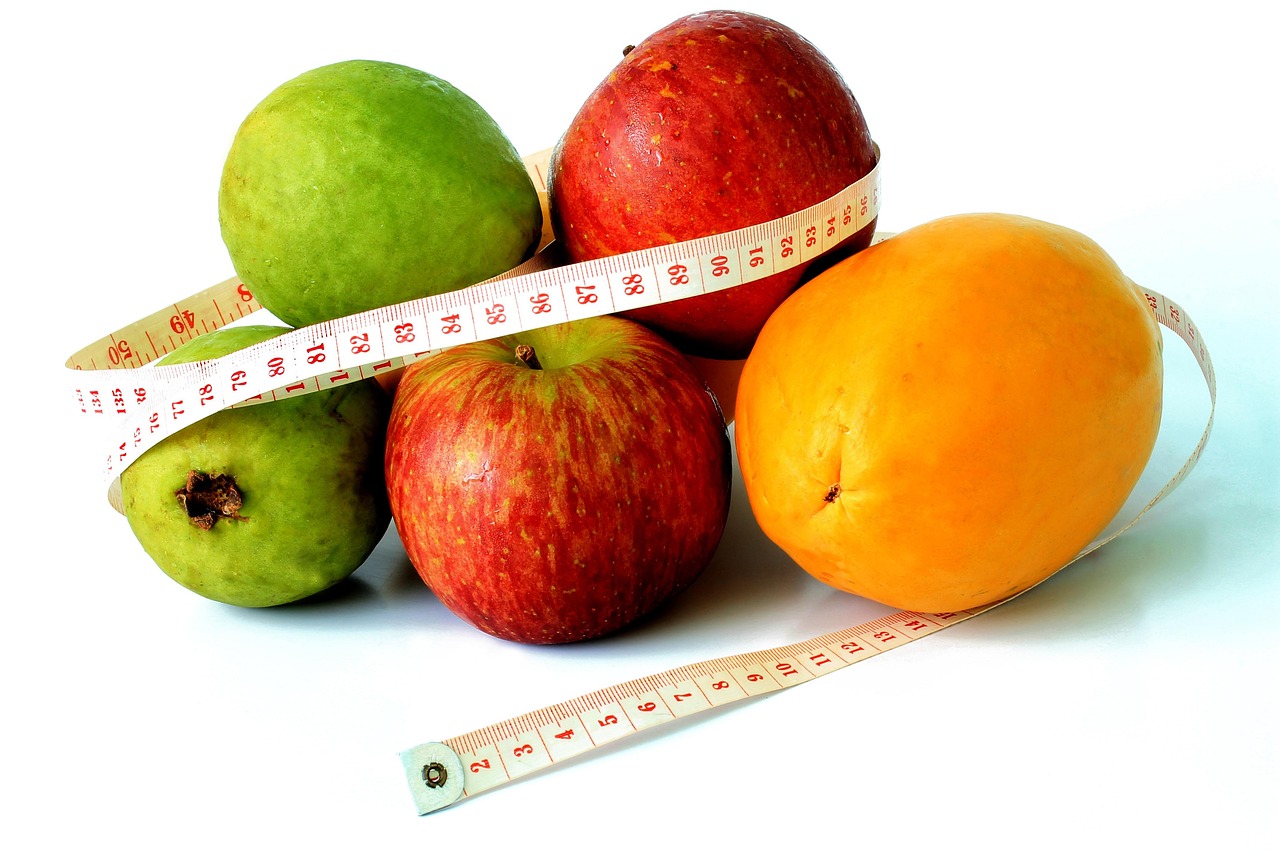Octal to Binary
Octal to Binary is a process or tool that converts an octal (base-8) number into its corresponding binary (base-2) representation. Since octal is closely related to binary (each octal digit represents exactly three binary digits), the conversion process is straightforward.
Octal to Binary is a process or tool that converts an octal (base-8) number into its corresponding binary (base-2) representation. Since octal is closely related to binary (each octal digit represents exactly three binary digits), the conversion process is straightforward.
How It Works:
- Convert each octal digit to its 3-bit binary equivalent: Since each octal digit represents exactly three binary digits, you can convert each octal digit to a 3-bit binary number.
- Combine the binary results: After converting each octal digit into a 3-bit binary number, combine them to form the final binary number.
Example of Octal to Binary Conversion:
- Octal:
157
-
Convert each octal digit to 3-bit binary:
1in octal →001in binary5in octal →101in binary7in octal →111in binary
-
Combine the binary digits:
001+101+111=001101111
So, the octal number 157 is equivalent to the binary number 001101111.
Example 2:
- Octal:
34
-
Convert each octal digit to 3-bit binary:
3in octal →011in binary4in octal →100in binary
-
Combine the binary digits:
011+100=011100
So, the octal number 34 is equivalent to the binary number 011100.
Steps of Conversion:
- Step 1: Take each octal digit.
- Step 2: Convert each octal digit into its corresponding 3-bit binary equivalent.
- Step 3: Combine all the binary digits to form the final binary number.
Common Uses of Octal to Binary Conversion:
-
Data Representation: Octal is often used as a shorthand for representing binary data. Converting from octal to binary can help in understanding or analyzing the data in its raw binary form.
-
Programming and Debugging: In programming, especially in lower-level languages, binary data is often manipulated. Converting octal to binary helps visualize how data is stored or processed at the bit level.
-
File Systems: Some systems, like UNIX-based operating systems, use octal to represent file permissions. Converting octal to binary allows you to see the individual permission bits.
-
Digital Electronics: Octal is sometimes used in digital electronics to represent machine-level data, and converting to binary can help in designing and debugging circuits.
Why Use Octal to Binary Conversion?
- Simpler Representation: Octal is a more compact representation of binary data. Converting it to binary allows you to work with the full precision of the binary system, which is often necessary in low-level programming or digital systems.
- Compatibility: Some systems or applications require binary data. Converting octal to binary ensures compatibility with these systems.
- Ease of Understanding: Binary numbers are the most fundamental form of data representation in computers, so converting from octal to binary allows you to analyze the data at its core level.
Octal to Binary converters are widely available in programming environments, online tools, and calculators, making it easy to perform this conversion when needed for various technical applications.













